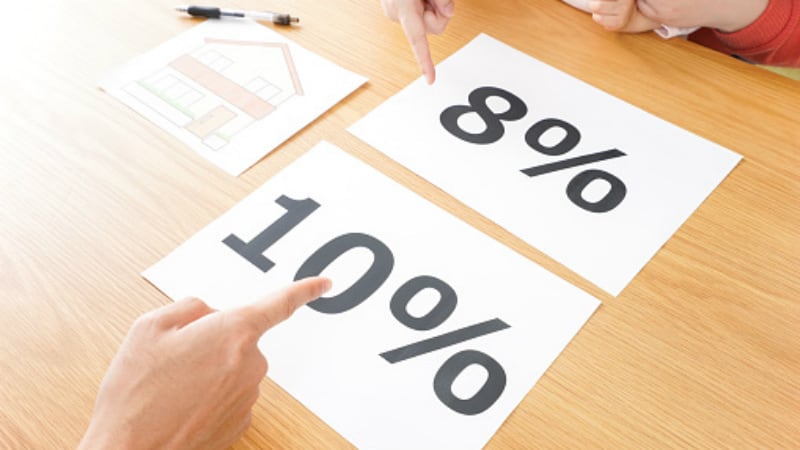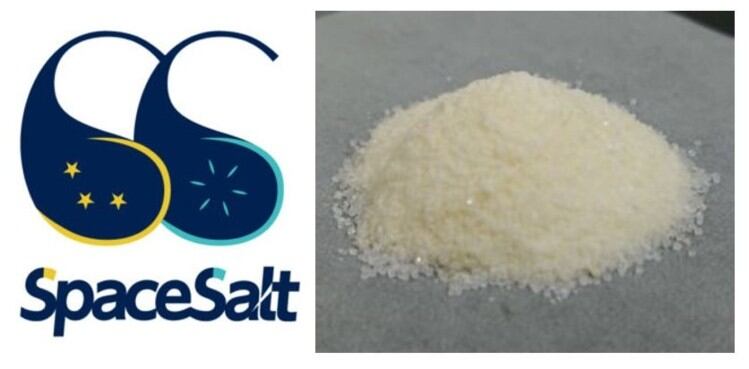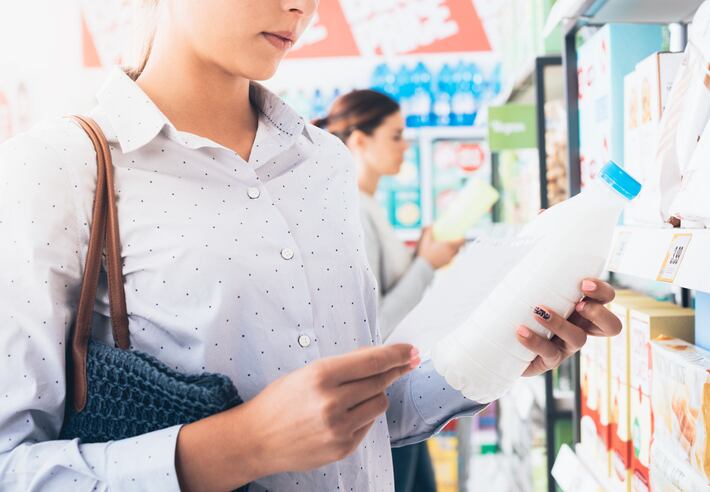According to the Japan National Tax Agency (NTA), the tax increase will be implemented under a two-tier system as opposed to the previous flat 8% consumption rate throughout.
“Under this system, items that are subject to the standard tax rate will be taxed 10%, whereas items subject to the reduced tax rate will be taxed 8%,” said the NTA via official documentation.
The items that have been specified to fall under the reduced tax rate of 8% are or ‘foods and beverages excluding alcoholic beverages and eating out” and ‘newspapers issued more than once a week (based on subscriptions)’.
This means that alcohol will be subject to 10% taxation, however more specific details about alcohol content in the products were not specifically stated, leaving a good deal of grey area for interpretation that is likely to confuse consumers.
An example is traditional Japanese sweet cooking wine mirin, used in a multitude of dishes. Mirin will be taxed 10% come October 1 as it is classified as an alcohol, but according to Japan Times if it is sold as a seasoning, only 8% tax will apply due to ‘lower alcohol content’.
The NTA is aware of this and has taken measures such as holding multiple briefing sessions and talks to inform consumers, in addition to creating detailed infographics describing how to differentiate items and navigate the system.
The same has been seen with retailers – According to The Japan News, supermarket company Inageya has opted to distribute notices clarifying tax rates of its major products to customers, whereas thousands of convenience stores with in-house dining facilities put up notices asking customers to inform staff if they are purchasing a packaged food/beverage item for in-house consumption.
Convenience store chain Lawson intends to go a step further by implementing the attachment of the Japanese character ‘kei’ (reduced) onto the relevant price tags and receipts for products subject to the 8% tax.
Rewards system confusion?
According to Yomiuri Shimbun, an accompanying reward points system will also be launched in tandem with the tax, and this is expected to run for nine months until June 2020.
The scheme will mean that consumers making purchases at small or medium-sized shops using a cashless service will obtain 5% of their purchase total in reward points, and 2% when shopping at convenience or other franchise stores. This will be a result of government subsidies given to payment service providers.
No reward points will be given for purchases made at big supermarkets or department stores.
Essentially, reduced tax rate-applicable foods and beverages will be taxed an overall ‘practical’ rate of 3% in small/medium stores, 6% in convenience stores and 8% in big stores, whereas standard tax rate-applicable ones will be taxed 5%, 8% and 10% respectively.
The objective appears clear enough: Promote the use of cashless payments as well as supporting small and medium businesses, but what this system also means is that in this nine months, consumers will see five different ‘practical’ tax rates apply across the country, which could well result in further confusion.





